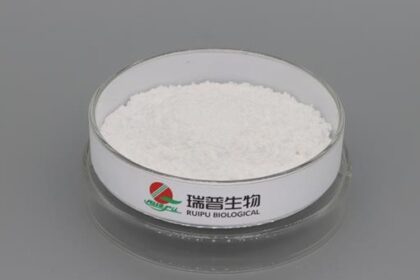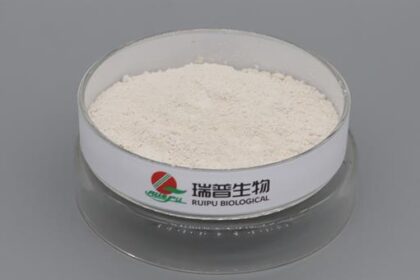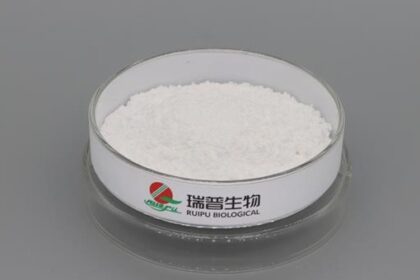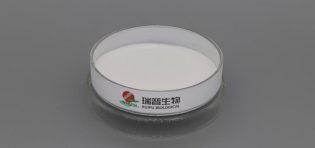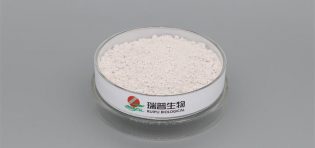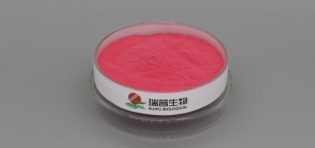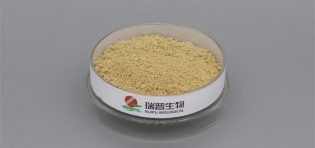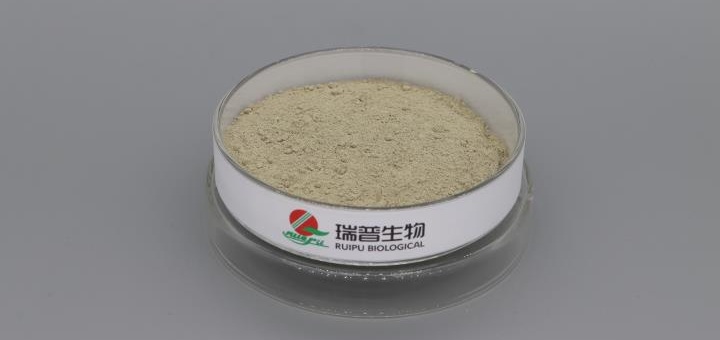
As an iron nutrient fortifier with high bioavailability, the application of ferrous gluconate in dairy products (such as milk, yogurt, cheese, etc.) must focus on its stability—which directly affects the product’s nutritional efficacy, color, flavor, and shelf life. Its stability is comprehensively influenced by the characteristics of the dairy matrix, processing conditions, and storage environment. Specific research can be conducted from the following dimensions:
I. Unstable Factors of Ferrous Gluconate in Dairy Products
The stability of ferrous gluconate primarily hinges on the susceptibility of its Fe²⁺ ions to oxidation into Fe³⁺, along with potential interactions with other components in dairy products, leading to a series of quality issues:
Oxidation Reactions and Color Deterioration
Fe²⁺ is reducing and easily oxidized to Fe³⁺ under oxygen, light, or high-temperature conditions. Fe³⁺ not only reduces iron bioavailability but also forms brown precipitates or darkens the system (e.g., milk turning from milky white to grayish-brown) through complexation with dairy proteins (such as casein) or fats, severely impairing sensory quality.
Interactions with Dairy Components
Protein binding: Abundant casein and whey proteins in dairy products contain carboxyl, amino, and other groups that readily form stable complexes with Fe²⁺/Fe³⁺. This causes protein aggregation, disrupts the colloidal stability of the emulsion system, and may lead to stratification or precipitation.
Promotion of fat oxidation: Iron ions are strong catalysts for lipid oxidation, accelerating the oxidation of unsaturated fatty acids in dairy products and producing off-flavors (e.g., rancidity), particularly in high-fat products like cream and butter.
pH sensitivity: Dairy products are generally weakly acidic (pH 6.5–6.8), where Fe²⁺ is relatively stable. However, pH fluctuations during processing (e.g., pH dropping to 4.0–4.5 during yogurt acidification) may exacerbate Fe²⁺ hydrolysis or oxidation.
Impact of Processing and Storage Conditions
High-temperature treatment: Pasteurization (60–70°C) or ultra-high temperature (UHT) sterilization (above 135°C) accelerates Fe²⁺ oxidation. In particular, the intense heat of UHT may destroy the molecular structure of ferrous gluconate.
Light exposure: Ultraviolet or natural light stimulates Fe²⁺ oxidation, so the degradation rate of ferrous gluconate in transparently packaged dairy products is significantly higher than in light-protected products.
Storage duration: Long-term storage (over 1 month) leads to cumulative slow oxidation of iron ions, accompanied by gradual precipitation of protein-iron complexes, affecting product uniformity.
II. Strategies to Enhance the Stability of Ferrous Gluconate in Dairy Products
To address the above instability factors, stability can be improved by optimizing addition methods, regulating the system environment, and modifying processing/storage conditions:
Selecting Appropriate Addition Timing and Form
Avoiding high-temperature stages: Add ferrous gluconate during low-temperature processing steps (e.g., after sterilization, when cooled to below 40°C) to reduce Fe²⁺ oxidation by high heat.
Microencapsulation treatment: Use edible wall materials (e.g., maltodextrin, gelatin, sodium caseinate) to encapsulate ferrous gluconate, forming a physical barrier. Encapsulated iron agents reduce direct contact with proteins and fats, while isolating oxygen and light, significantly lowering oxidation rates. Studies show that microencapsulated ferrous gluconate in UHT milk retains 20%–30% more iron after 30 days of storage.
Regulating the Microenvironment of the System
pH fine-tuning: Stabilize dairy pH at 6.0–6.5 using buffers (e.g., sodium citrate) to avoid over-acidic or alkaline conditions that enhance iron ion reactivity. For example, in yogurt production, adjust pH to near neutral after fermentation before adding iron agents (balancing flavor and stability).
Adding antioxidants: Combine natural antioxidants (e.g., vitamin C, tea polyphenols, rosemary extract) to prioritize reaction with oxygen or inhibit free radical formation, indirectly protecting Fe²⁺. Vitamin C, in particular, synergizes effectively with ferrous gluconate—added at 0.05%–0.1% of raw material weight, it enhances iron absorption while improving Fe²⁺ retention without excessive sourness.
Optimizing Processing and Storage Conditions
Adopting mild sterilization: Prioritize pasteurization over UHT when possible, or shorten UHT holding times to reduce thermal damage to iron agents.
Lightproof and sealed packaging: Use opaque materials (e.g., brown glass bottles, aluminum foil composite films) and airtight packaging to minimize oxygen infiltration. For liquid dairy products, aseptic filling reduces secondary contamination and oxidation during storage.
Low-temperature storage: Refrigerate dairy products at 4–10°C to slow oxidation, microbial growth, and protein-iron complex precipitation, extending shelf life.
Composite Formulation Design
Synergistic addition of other nutrients: When fortifying with calcium, zinc, etc., control ratios (e.g., iron:calcium ≤1:5) to avoid excessive calcium competing with iron for protein-binding sites, reducing precipitation risks.
Adjusting protein/fat content: In high-protein or high-fat dairy products, moderately reduce ferrous gluconate dosage (typically 0.05%–0.2%) or add emulsifiers (e.g., monoglycerides) to stabilize emulsions and minimize protein-iron complex aggregation.
III. Research Prospects
Future studies on ferrous gluconate stability in dairy products should further explore molecular mechanisms (e.g., bond energy analysis of protein-iron complexes, oxidation kinetic modeling) to provide theoretical support for optimization strategies. Additionally, developing eco-friendly encapsulation materials (e.g., plant-based polysaccharides) and novel antioxidant synergies (e.g., probiotic-iron composites) may become key directions to enhance stability, meeting the dairy industry’s dual demands for nutritional fortification and product quality.

